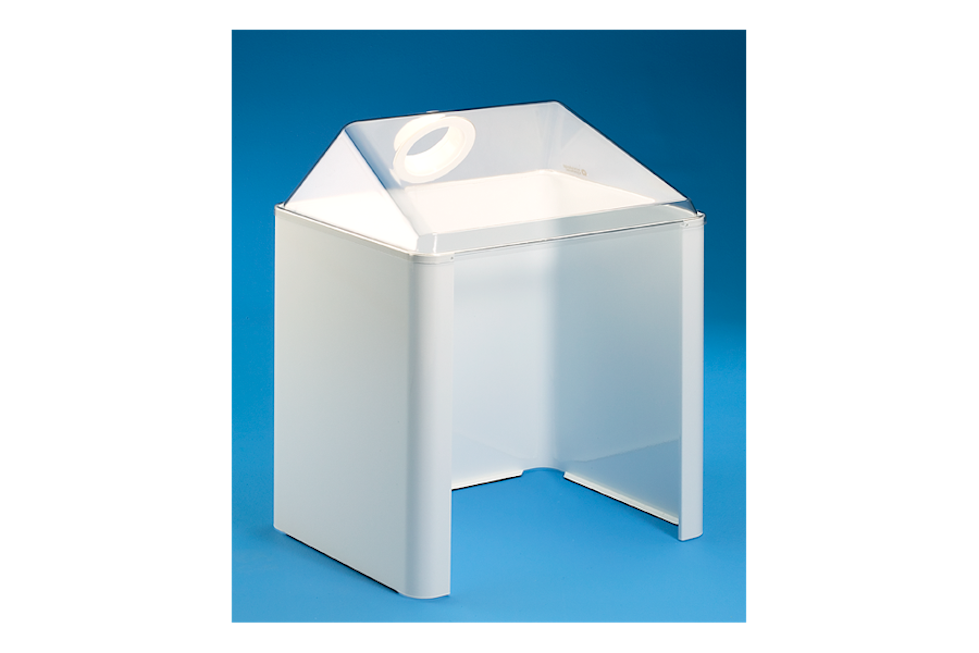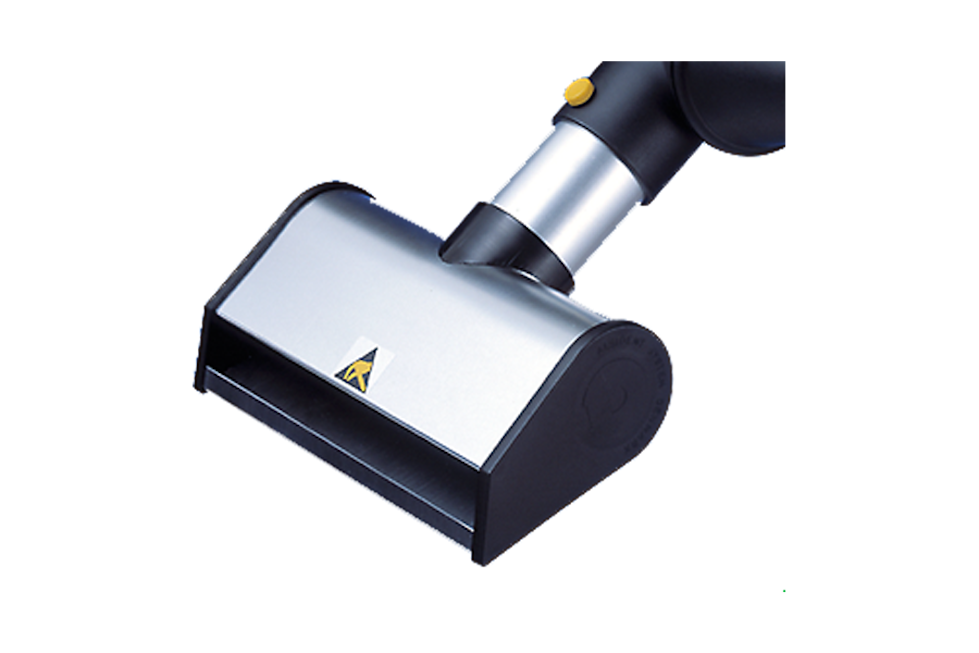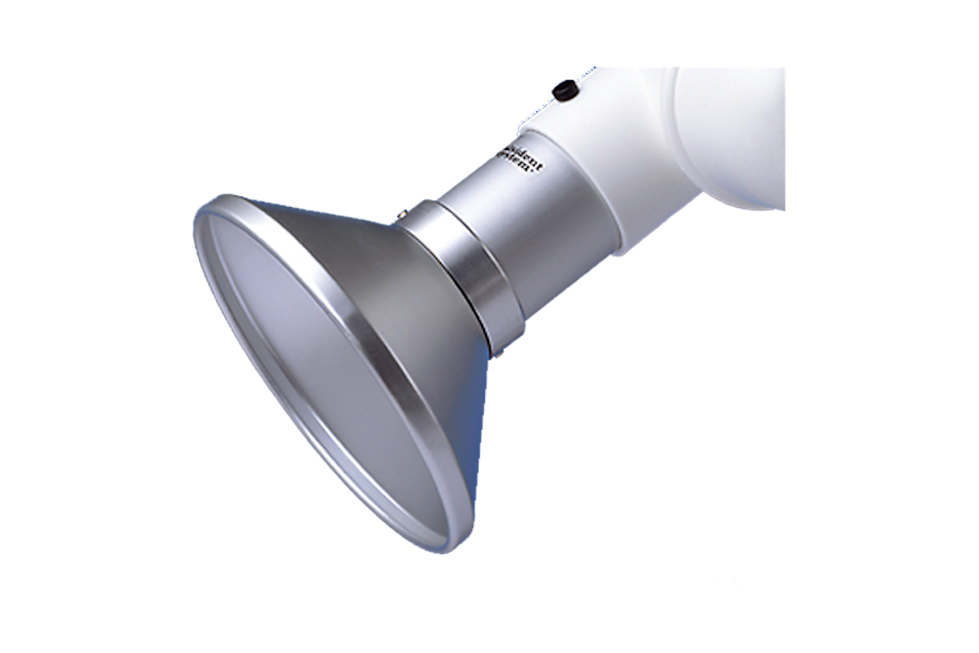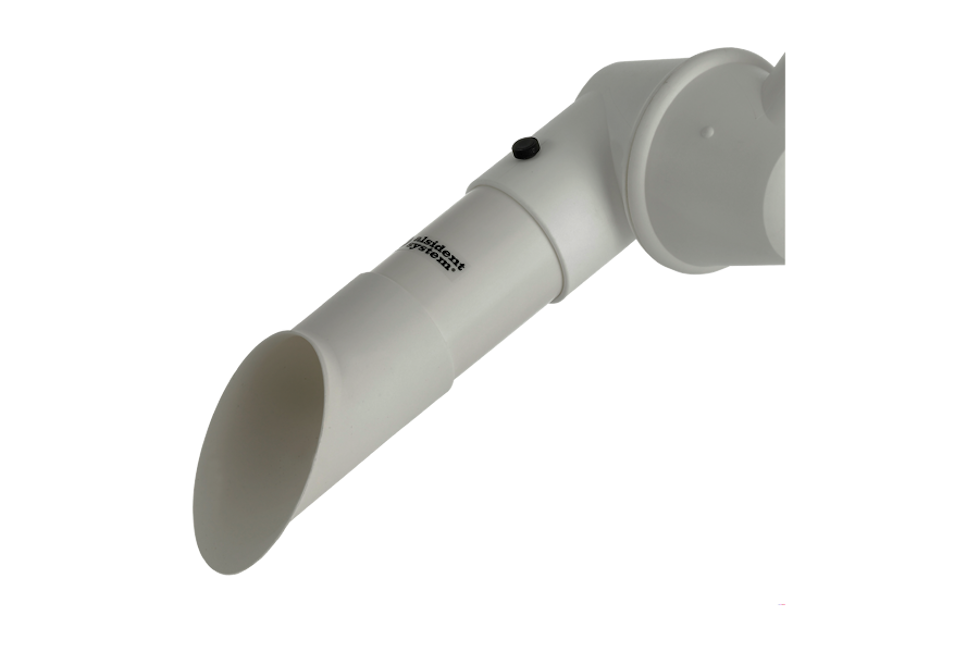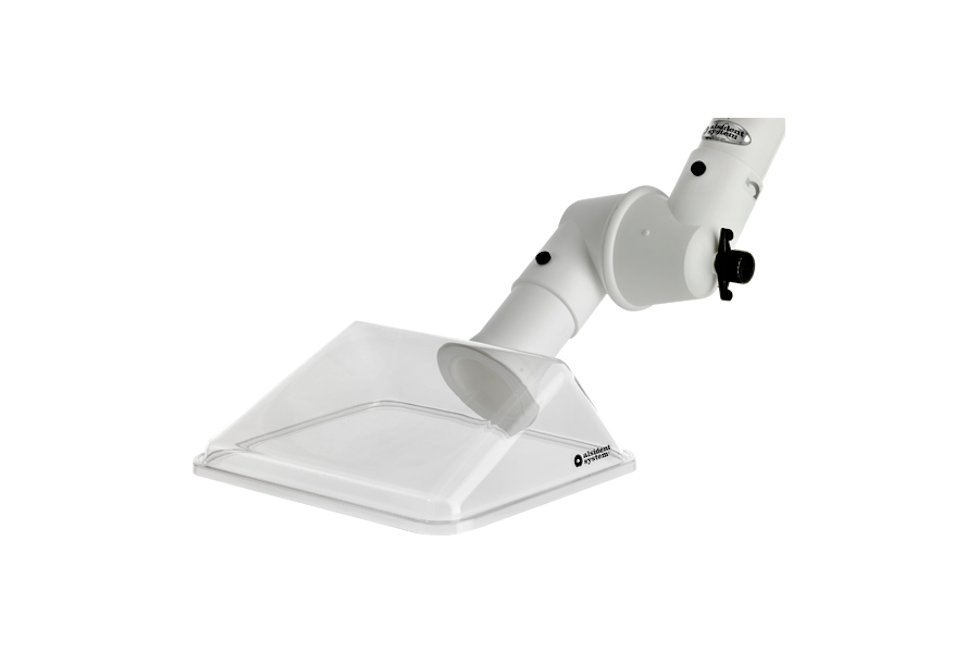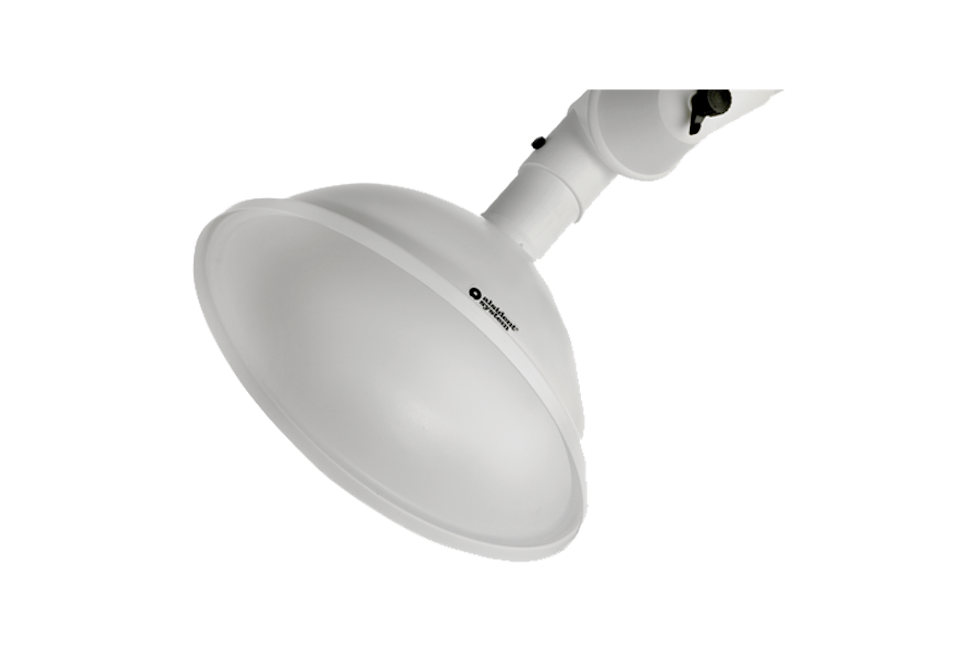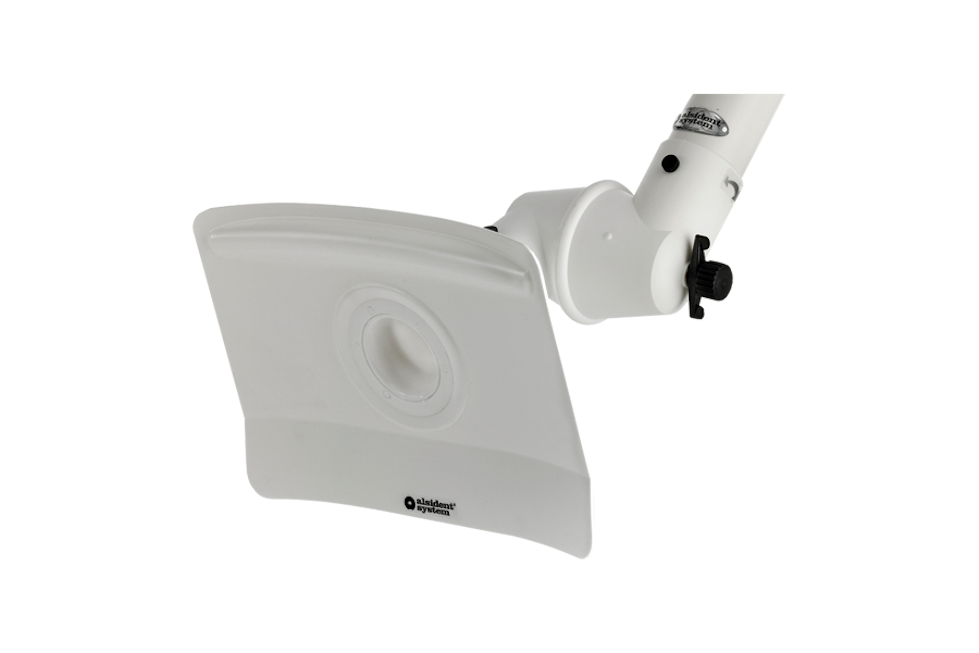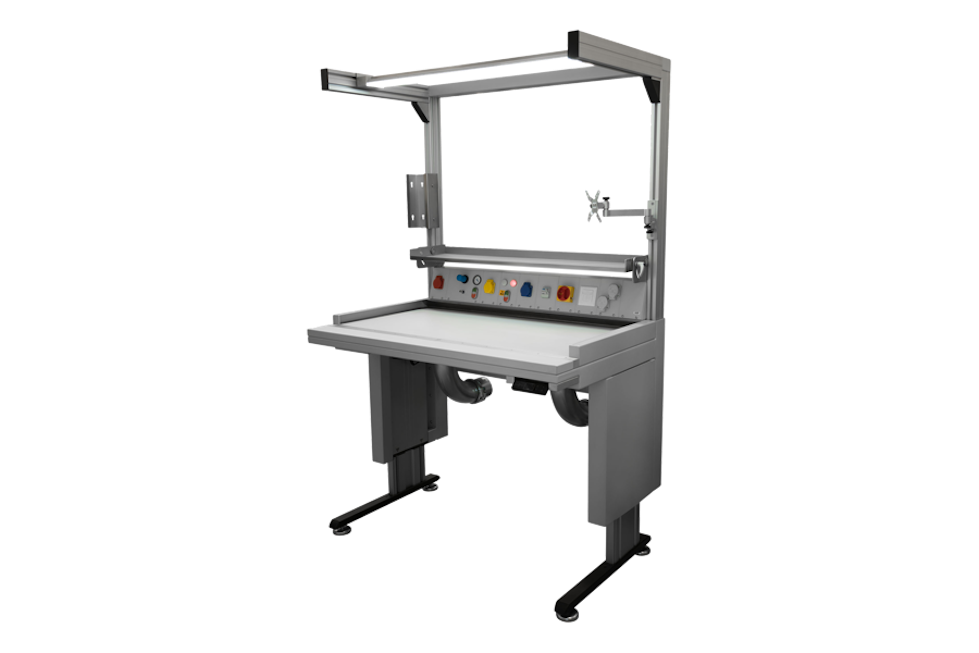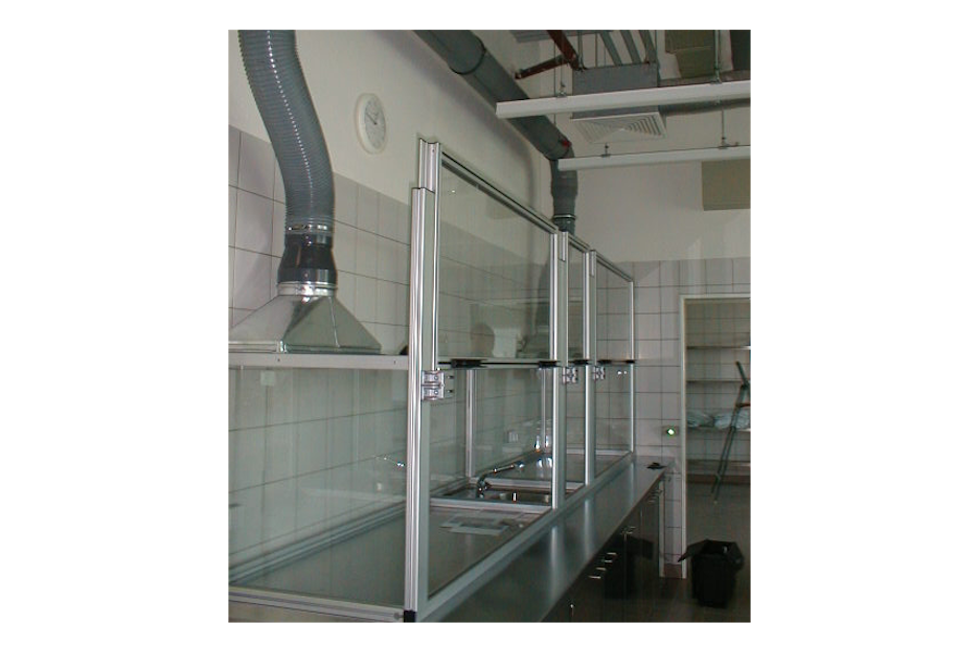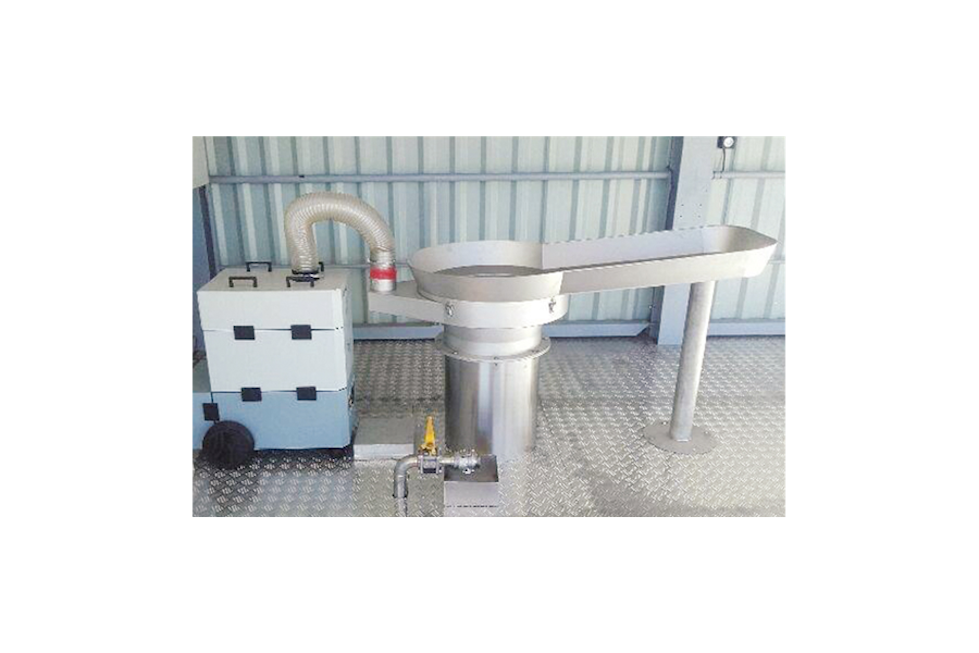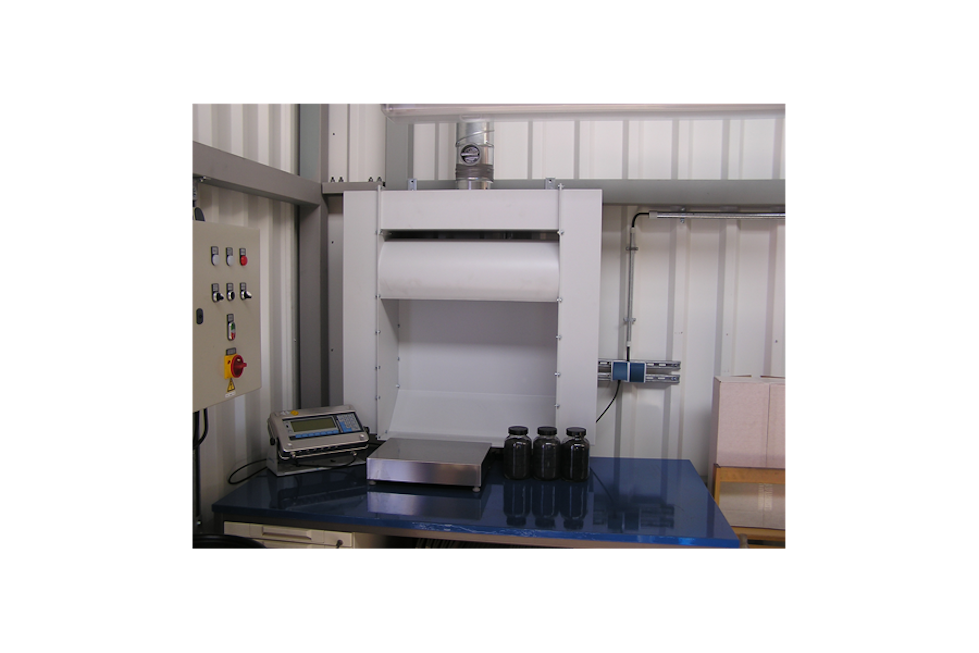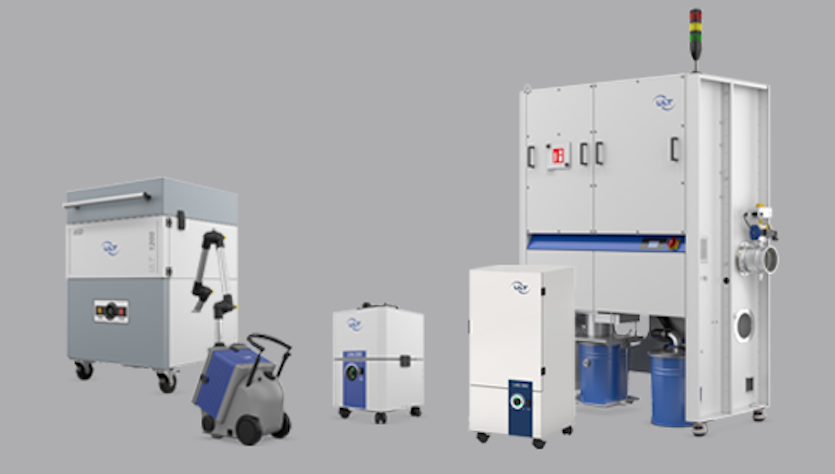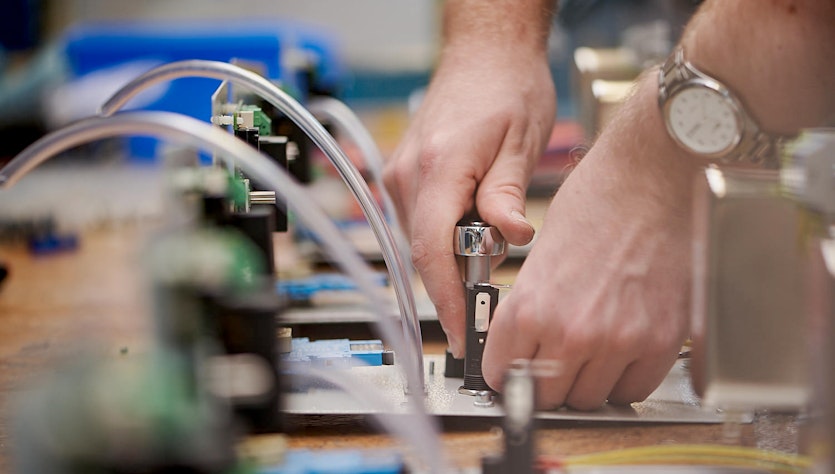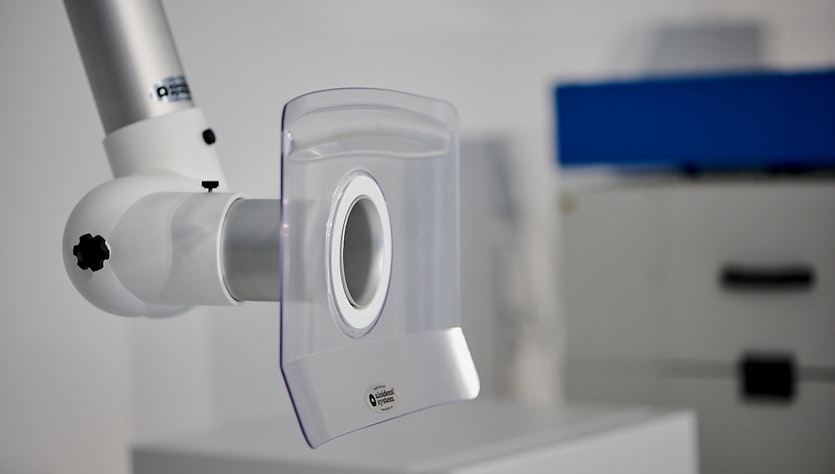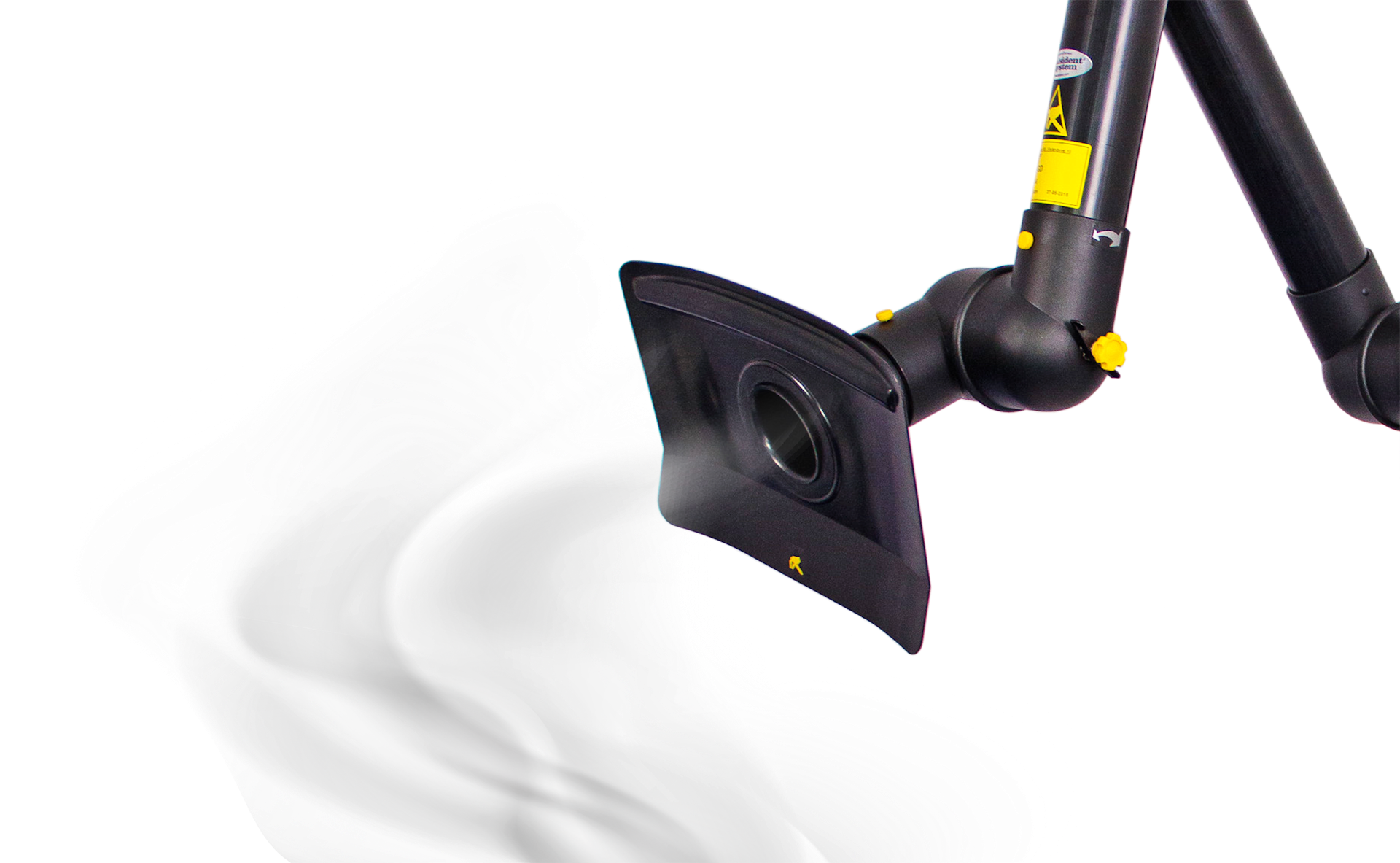
Capturing elements for filtration systems
Collection elements for filtration systems
Capturing airborne contaminants as close as possible to their point of origin is a major factor in the efficiency and filtration rate of an extraction system. This fact cannot be underestimated since, even in apparently trivial applications, advice from experts is essential.
In this video, ULT CEO Dr. Stefan Jakschik explains the effective use of collection elements and what to consider.
Legal requirements
The collectionof hazardous substances is defined in the occupational health and safety regulations of your country of residence. These ordinances determine the hazard characteristics of specific pollutants, for example regarding to the risk of fire or explosion or the type of damage to health (e.g. carcinogenic, mutagenic, or toxic to reproduction).
The use of appropriate extraction arms and collection elements is of essential importance. In order to ensure the corresponding capture of the largest possible volume of pollutants, fundamental aspects should be considered when selecting and installing extraction arms and collection elements.
Rule of thumb
Generally, the right collection element or extraction arm makes for a key factor in the quality of extraction and filtration technology.
Because the capture rate is the basis for subsequent filtration, this eventually results in an extraction system’s efficiency.
The point of capture also plays a crucial role. The rule of thumb is that doubling the distance between the emission source and the collection element requires at least four times the collection airflow of the extraction and filtration system.
This leads to the conclusion that energy needs are exponential. Especially in times of energy transition and sharply rising electric prices, this is worth noting at least in the long term.
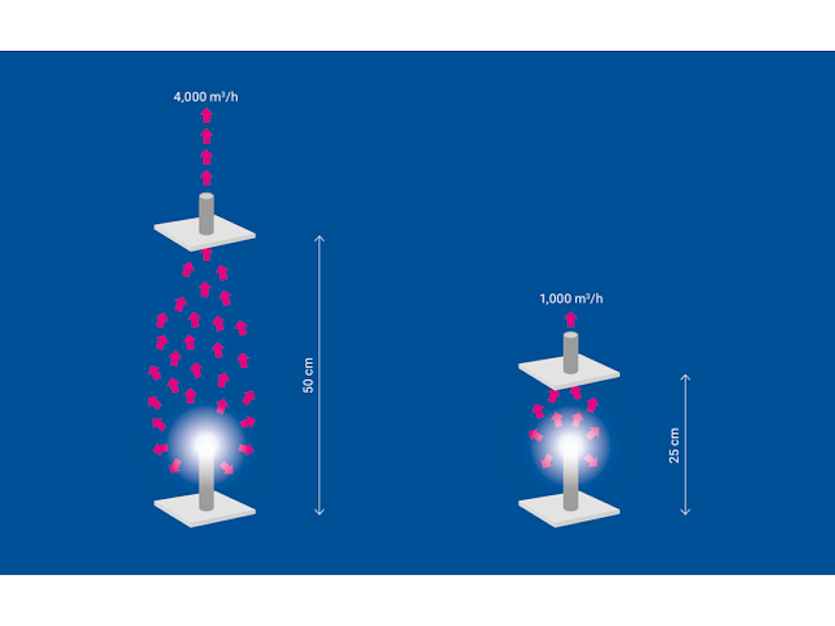
The closer the better
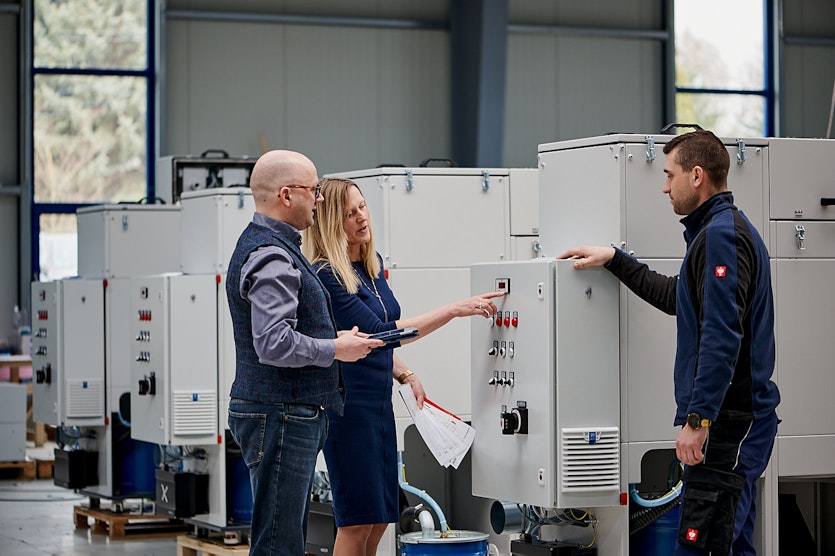
Advice and service are important to us
We’re happy to offer advice
We provide a variety of different collection elements that we can suggest to you given your application, contaminant type, and on-site conditions.
But most importantly: We are your personal advisor when it comes to picking the right collection element for you or the proper extraction arm suited to your application. Experienced engineers are standing at your side, as partners.
Standardized collection elements (selection)
Special collection solutions (examples)
Information on pollutant capture and extraction arms
We're happy to help you!
We are happy to offer you further information about our extraction systems and the respective filtration technology. We can also configure your individual solution as requested or required.

